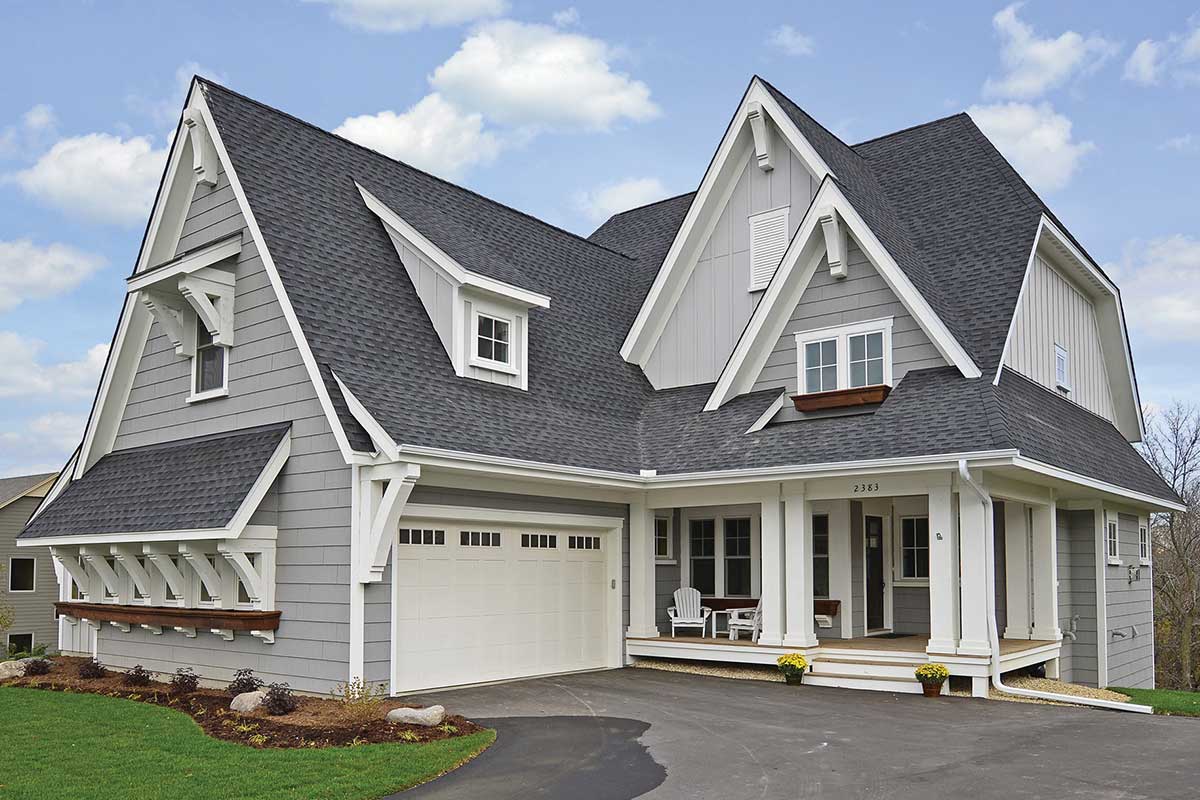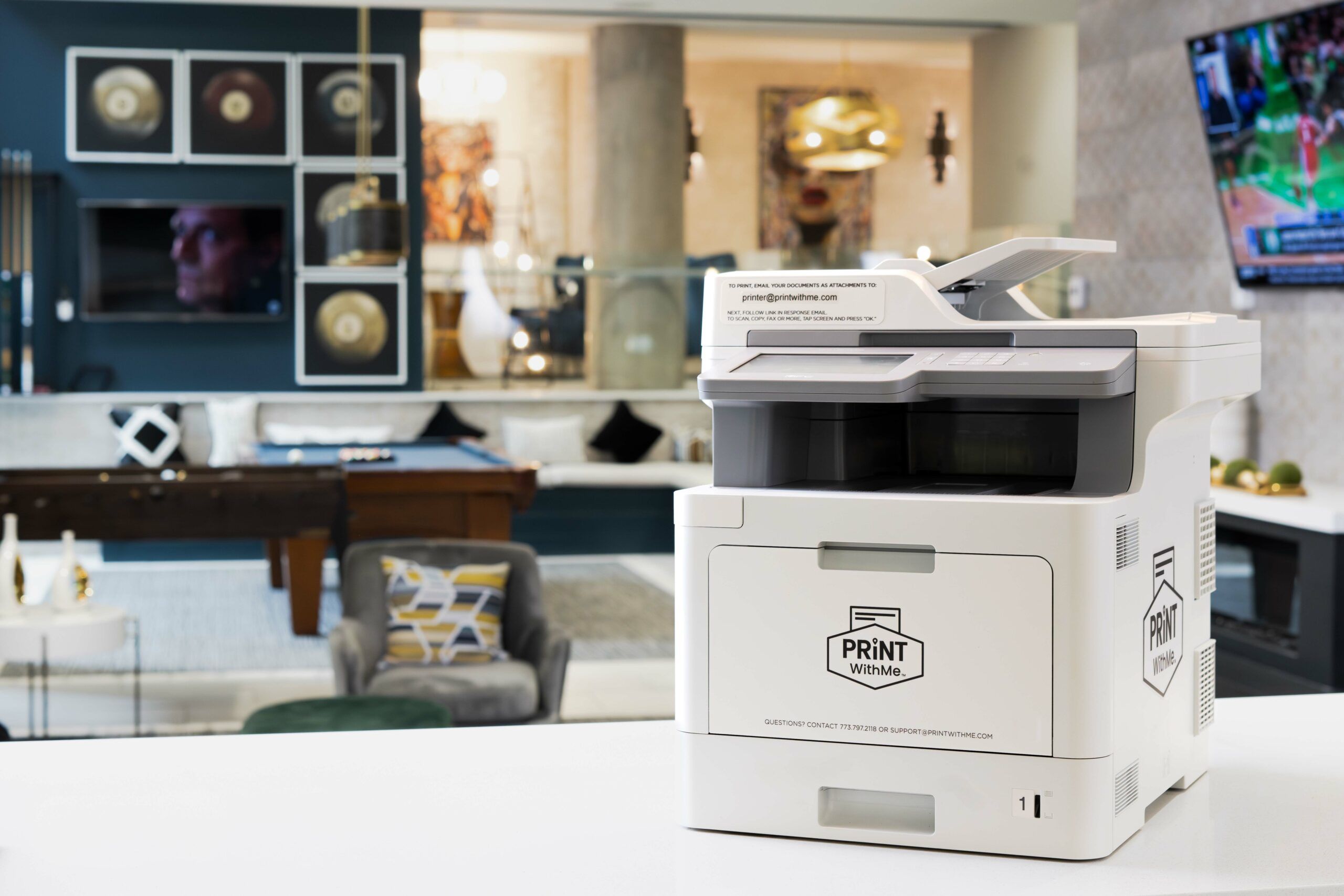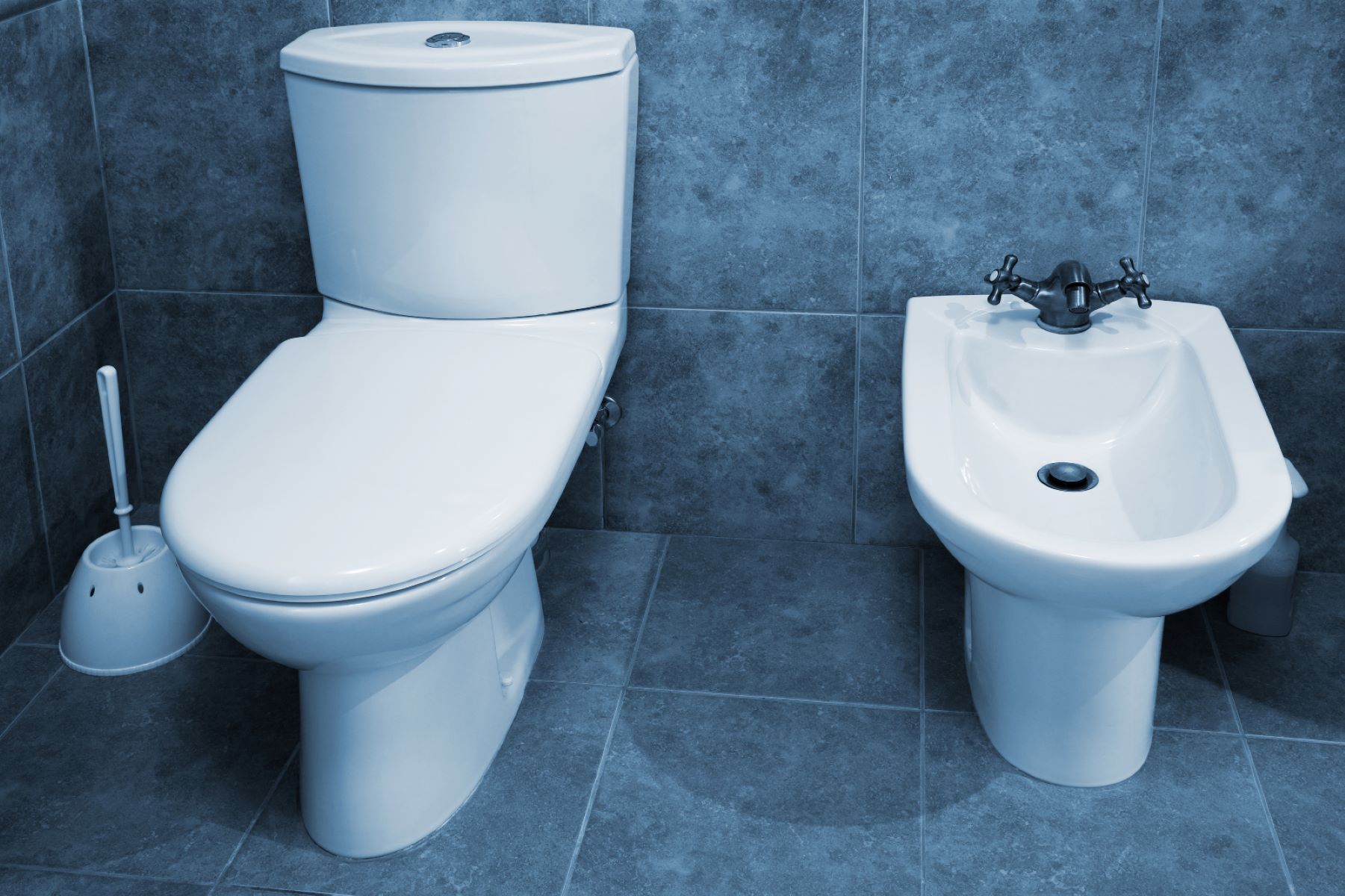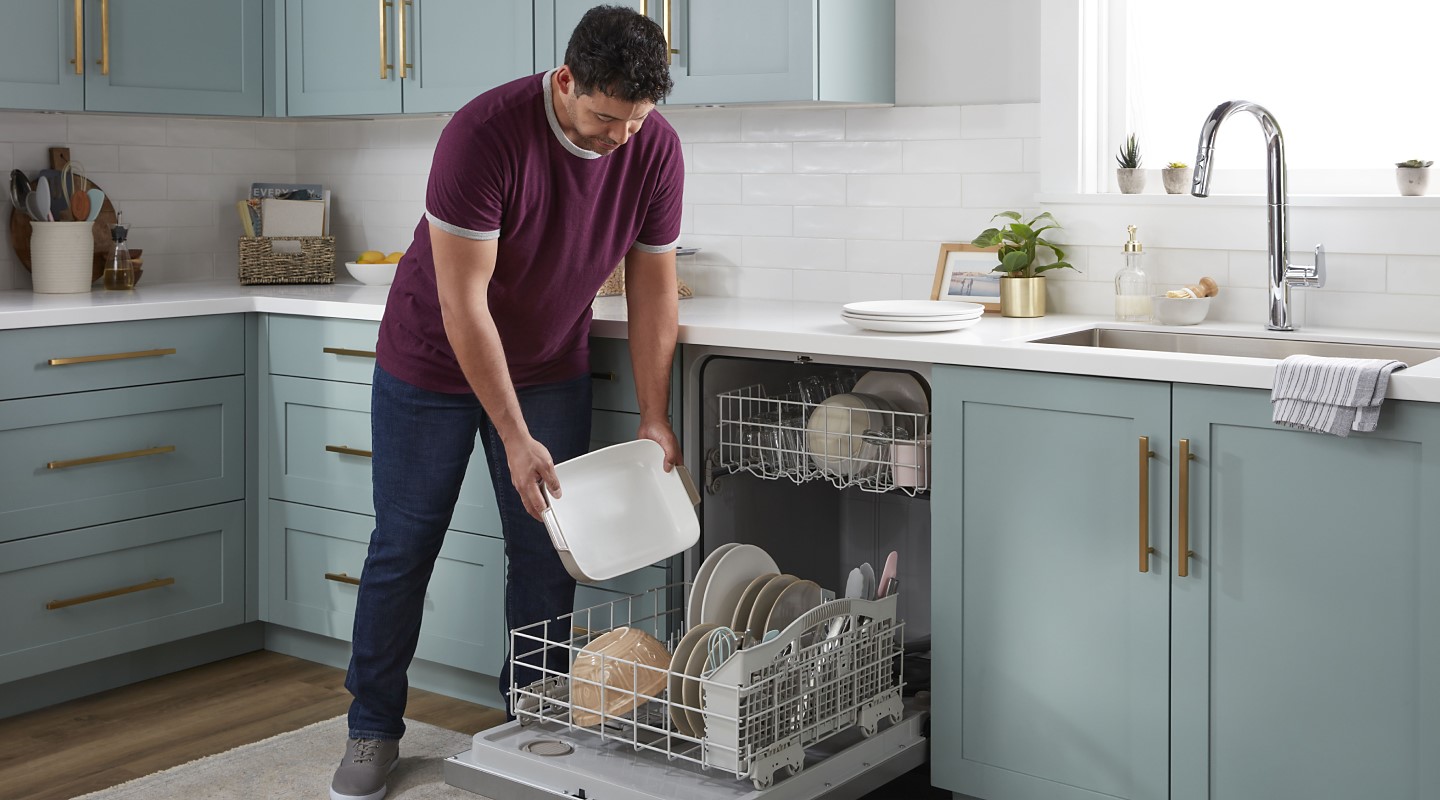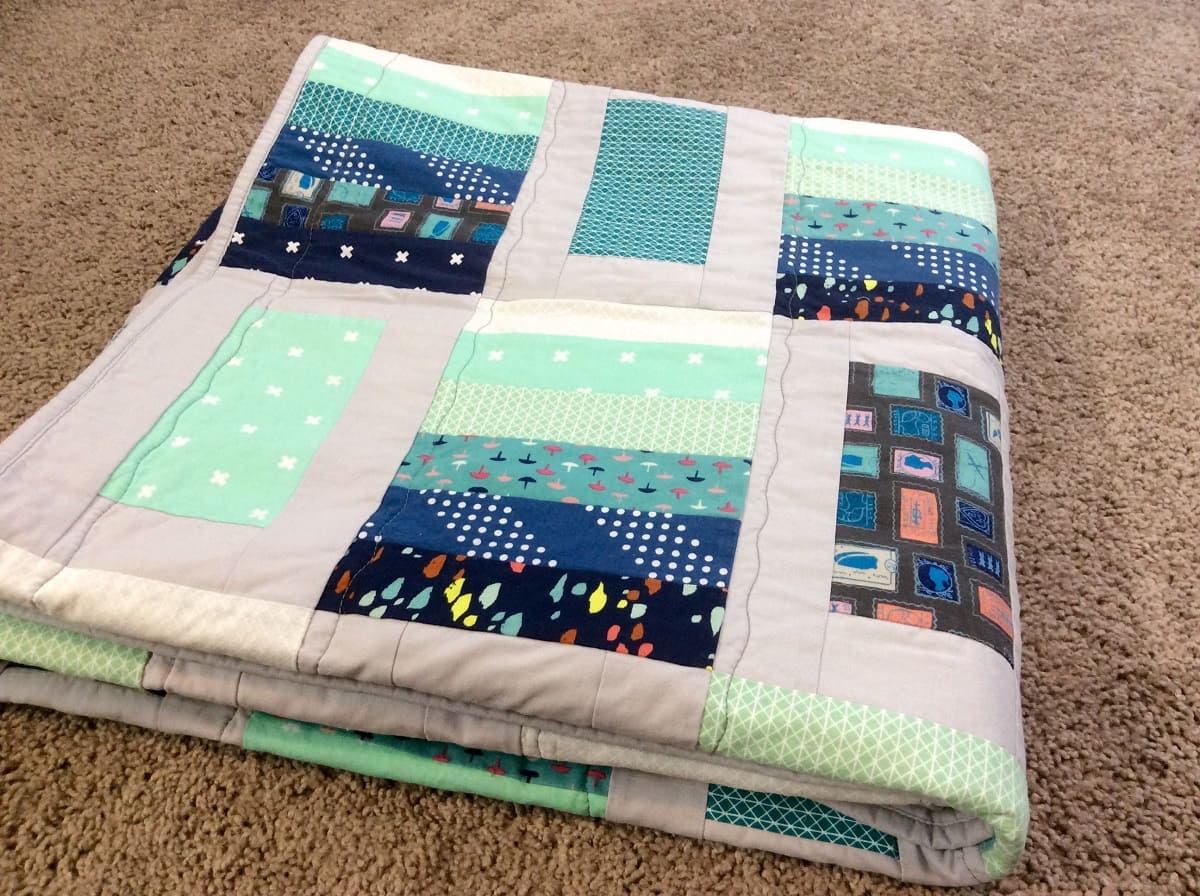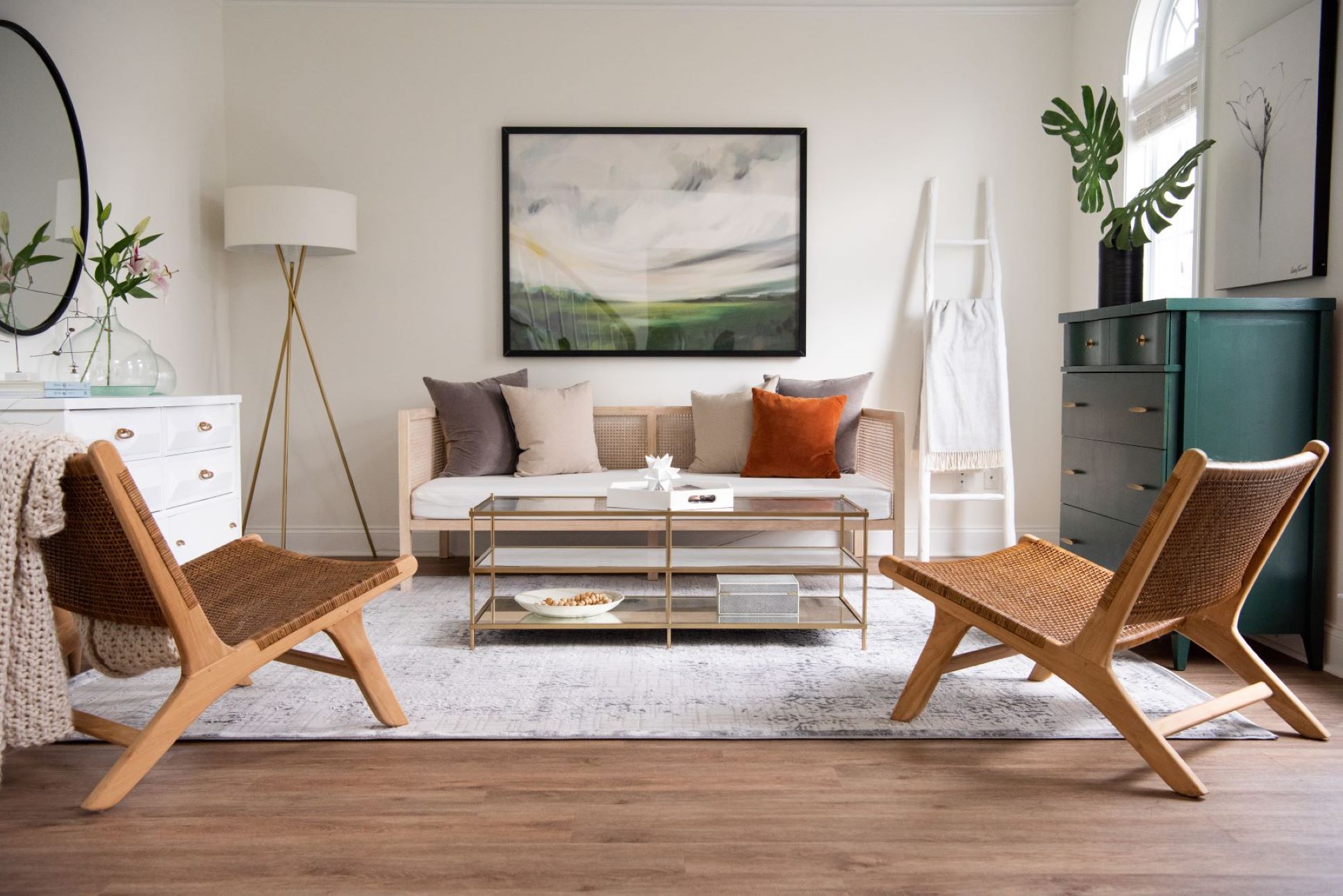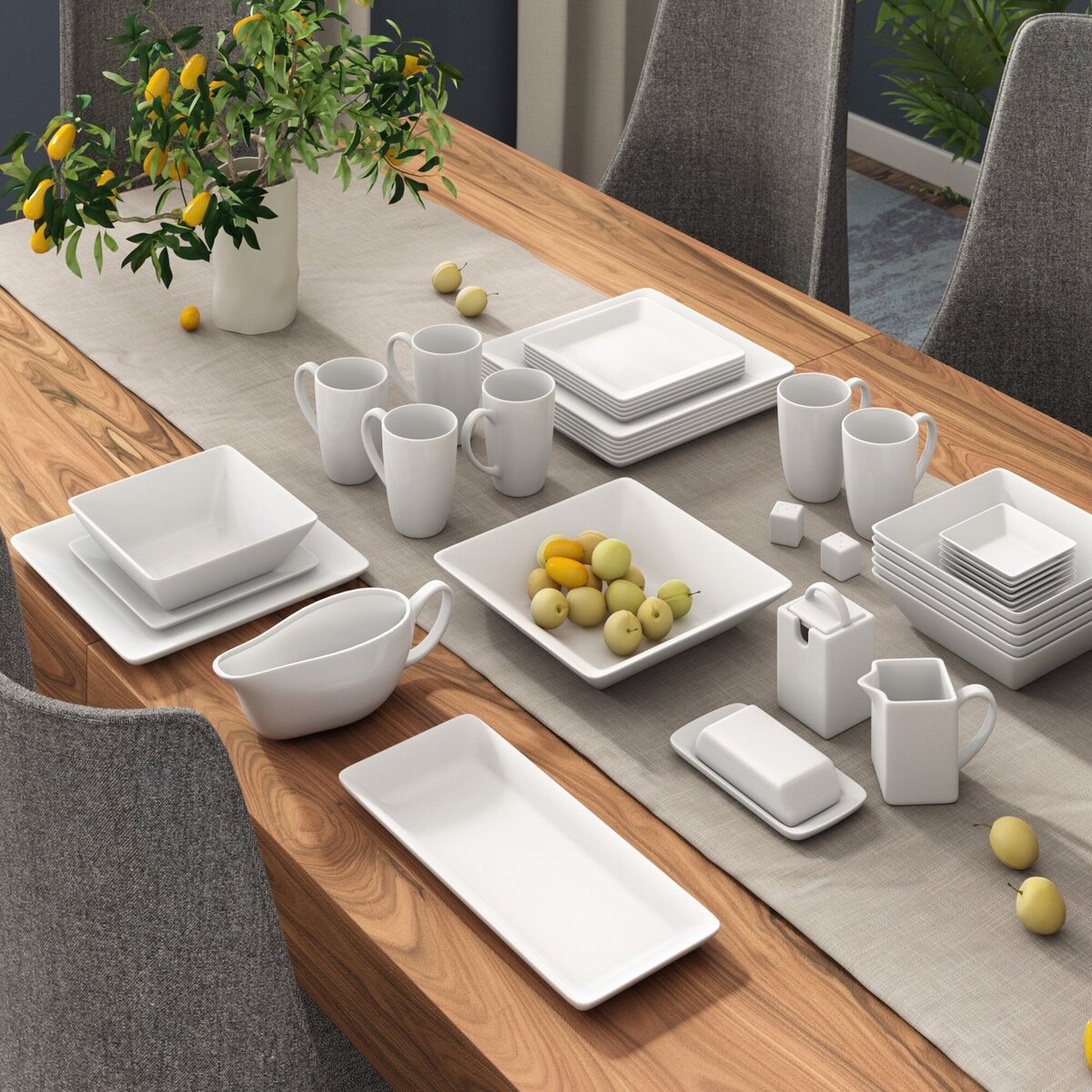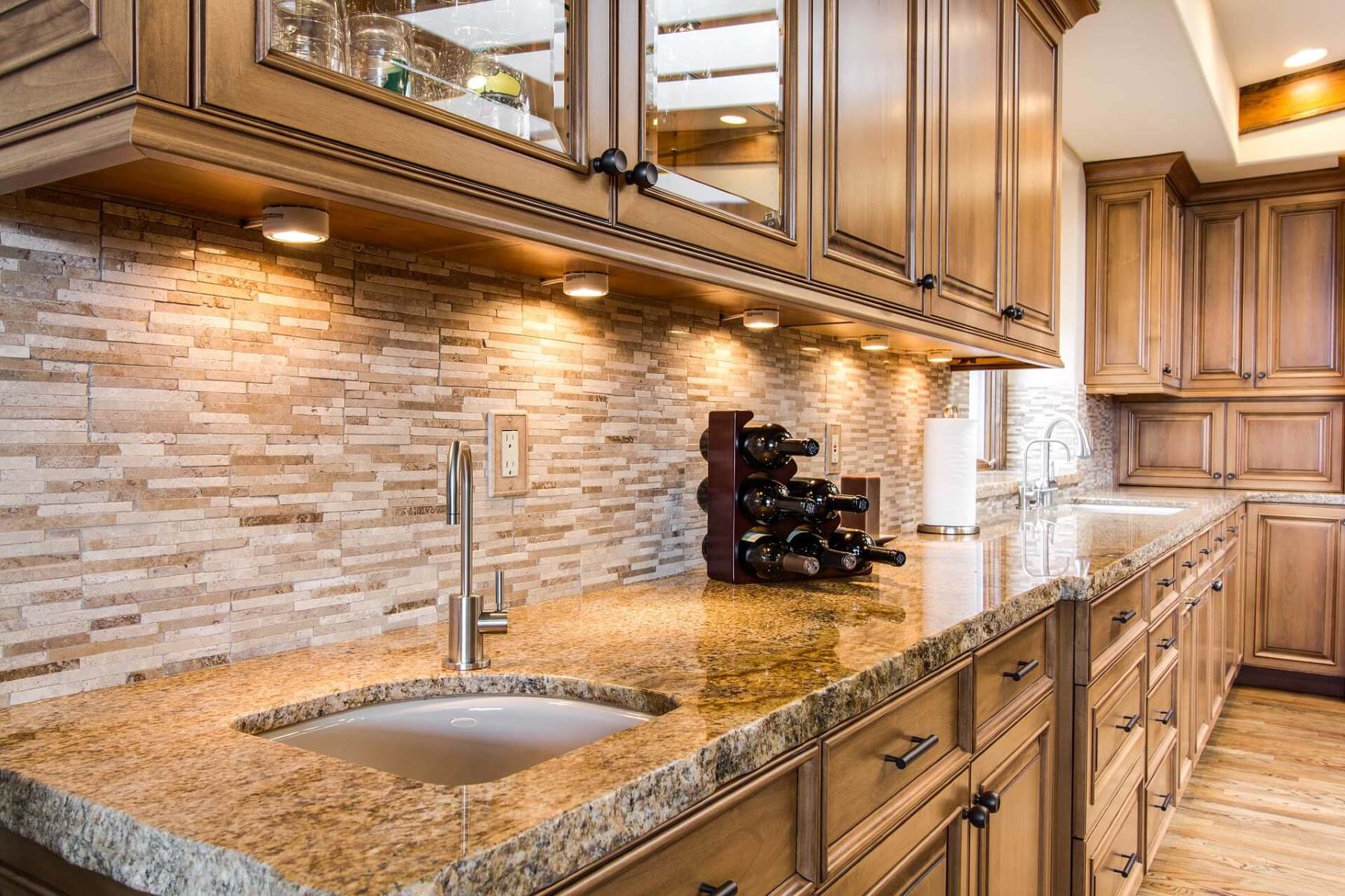

Articles
How To Choose A Carpet
Modified: October 28, 2024
Looking for helpful articles on how to choose a carpet? Discover expert tips and advice on selecting the perfect carpet for your home.
(Many of the links in this article redirect to a specific reviewed product. Your purchase of these products through affiliate links helps to generate commission for Storables.com, at no extra cost. Learn more)
Introduction
Choosing the right carpet for your home or office is an important decision. A carpet not only adds warmth and comfort to a space but also enhances its overall aesthetic appeal. With so many options available in the market, it can be overwhelming to make a decision. However, by considering a few key factors, you can narrow down your choices and find the perfect carpet that meets your needs and preferences.
In this article, we will walk you through the factors you should consider when choosing a carpet. From size and space to material, style and design to color, durability to maintenance, budget to health and environmental considerations, we’ll cover it all. By the end of this article, you will have a better understanding of what to look for and be able to make an informed decision.
Key Takeaways:
- Consider the size, material, style, color, durability, maintenance, budget, and health/environmental impact when choosing a carpet. This ensures a perfect fit, longevity, and a sustainable, aesthetically pleasing space.
- Take your time, gather samples, and consult with experts to make an informed decision. Investing in the right carpet will provide comfort, style, and durability for years to come.
Read more: How To Choose A Carpet For Living Room
Factors to Consider
When choosing a carpet, there are several factors that you should take into account to ensure you make the right choice. Let’s take a closer look at each of these factors:
- Size and Space: Consider the size of the room where the carpet will be installed. Measure the dimensions accurately to determine the appropriate size. Additionally, think about the layout of the space and any furniture or architectural features that may affect the positioning of the carpet.
- Material: The material of the carpet plays a significant role in its look, feel, and durability. Common carpet materials include wool, nylon, polyester, and olefin. Each material has its own set of characteristics, so choose one that suits your preferences and lifestyle.
- Style and Design: The style and design of the carpet should complement the overall aesthetic of the room. Consider the existing décor, color scheme, and furniture to ensure a cohesive look. Choose from options like loop pile, cut pile, or a combination of both, and explore patterns and textures that suit your taste.
- Color: The color of the carpet can significantly impact the overall ambiance of a space. Consider the color palette of the room and the mood you want to create. Lighter colors can make a room feel more spacious, while darker colors can add warmth and coziness. Keep in mind that lighter shades may require more maintenance to keep them looking clean and bright.
- Durability: Depending on the foot traffic in the room, you’ll want a carpet that can withstand wear and tear. Look for carpets with high durability ratings and consider factors such as the density of the fibers and the twist level. Carpets with higher density and tighter twists tend to be more durable and better at maintaining their appearance.
- Maintenance and Cleaning: Consider the amount of effort and time you’re willing to invest in the maintenance and cleaning of the carpet. Some carpets require regular vacuuming and occasional professional cleaning, while others may be more low-maintenance. Additionally, consider any special cleaning requirements based on the carpet material.
- Budget: Set a budget for your carpet purchase and stick to it. Carpets come in a wide range of prices, so it’s important to have a clear idea of how much you’re willing to spend. Remember to factor in not only the cost of the carpet itself but also installation and any additional materials required.
- Health and Environmental Considerations: If you have specific health concerns or are conscious of environmental impact, consider carpets that are eco-friendly and made with low VOC (volatile organic compound) materials. Look for carpets that have certifications for indoor air quality and consider options that are resistant to mold, mildew, and allergens.
By considering these factors and weighing their importance to you, you can make an informed decision and choose a carpet that meets your needs, preferences, and budget. Take the time to research and explore different options, and don’t hesitate to seek the advice of professionals in the field.
Size and Space
When choosing a carpet, one of the first factors to consider is the size and space where it will be installed. This includes both the dimensions of the room and the layout of the space.
Start by measuring the dimensions of the room accurately. Consider the length and width of the area where the carpet will be placed. This will help you determine the appropriate size of the carpet you need to purchase. Keep in mind that it’s better to choose a slightly larger carpet than a smaller one, as you can always trim it to fit if needed.
Additionally, take into account the layout of the space and any furniture or architectural features that may affect the positioning of the carpet. If you have large furniture pieces, such as a dining table or a sofa, make sure the carpet is large enough to fit under them, creating a cohesive and visually pleasing look. Take note of any irregularities in the shape or contours of the room and consider how the carpet will need to be cut or shaped to fit properly.
Furthermore, consider the overall design of the room. If you have an open-concept floor plan, where multiple areas flow into one another, you may want to consider using the same carpet throughout to create a sense of unity and continuity. On the other hand, if you have separate smaller rooms, you can choose different carpets for each space that suit their individual purposes and aesthetics.
Remember, the size and space considerations are crucial in ensuring that the carpet fits perfectly into the room and enhances its overall appeal. By taking accurate measurements and considering the layout and design of the space, you can select a carpet that not only looks great but also fits seamlessly in your desired area.
Material
When choosing a carpet, the material that it’s made of is a critical factor to consider. The material not only determines the carpet’s appearance and feel but also affects its durability, maintenance requirements, and overall performance.
Here are some common carpet materials to consider:
- Wool: Wool is a natural fiber known for its luxurious feel and durability. It is soft, resilient, and offers excellent insulation properties, making it suitable for both cold and warm climates. However, wool carpets tend to be more expensive than synthetic options and may require more maintenance to keep them in optimal condition.
- Nylon: Nylon is one of the most popular carpet materials due to its durability and versatility. It is highly resistant to wear and tear, making it suitable for high-traffic areas in both residential and commercial settings. Nylon carpets are available in a wide range of colors and styles, making it easier to find one that matches your aesthetic preferences.
- Polyester: Polyester carpets are known for their softness and vibrant colors. They are stain-resistant and easy to clean, making them an ideal choice for households with children or pets. However, polyester may not be as durable as wool or nylon, and it may show signs of wear and matting over time.
- Olefin (Polypropylene): Olefin carpets are popular for their affordability and resistance to moisture, staining, and fading. They are often used in outdoor or high-moisture areas such as basements or screened-in porches. However, olefin carpets may not be as soft or luxurious as wool or nylon options and may have a higher tendency to flatten or crush under heavy furniture or foot traffic.
When choosing the carpet material, consider your lifestyle, the level of foot traffic in the area, and your budget. If you have children or pets, you may want to opt for a material that is stain-resistant and easy to clean. If durability is a top concern, nylon or wool carpets are excellent choices. Additionally, consider the comfort and feel of the carpet underfoot, as this can vary depending on the material.
Remember, each carpet material has its own set of characteristics, so it’s important to weigh the pros and cons based on your specific needs and preferences. Consider consulting with a carpet professional who can provide further guidance and help you make an informed decision.
Style and Design
When choosing a carpet, the style and design are essential factors to consider. The right style and design can transform a room and create the desired ambiance. Here are some considerations to help you choose the perfect carpet style and design:
- Texture: Consider the texture of the carpet and how it will contribute to the overall look and feel of the space. Are you looking for a plush and luxurious feel or a more casual and textured appearance? Carpets come in various textures, including cut pile, loop pile, and cut-and-loop pile, each offering a different look and feel.
- Pattern: Decide whether you want a carpet with a pattern or a solid color. Patterned carpets can add visual interest and hide stains or wear in high-traffic areas. Popular patterns include floral, geometric, and striped designs. Solid-colored carpets, on the other hand, offer a more minimalist and versatile look that can easily blend with different decor styles.
- Color: The color of the carpet is a significant consideration as it sets the tone for the room. Choose a color that complements the overall color scheme of the space and the existing decor. Lighter shades can make a room appear more spacious and airy, while darker colors add warmth and coziness. Additionally, consider whether you want a carpet color that hides stains or one that is more forgiving in terms of maintenance.
- Pattern Scale: If you opt for a patterned carpet, consider the scale of the pattern. Large-scale patterns can make a bold statement and command attention, while smaller-scale patterns can be more subtle and provide a sense of texture without overwhelming the space.
- Aesthetic and Room Function: Consider the overall aesthetic and function of the room. For instance, a plush, luxurious carpet may be ideal for a formal living room, while a durable and stain-resistant option may be more suitable for a high-traffic area like a hallway or family room. Take into account the style and theme of the room and choose a carpet that enhances the desired atmosphere.
It’s important to balance your personal preferences with the existing decor and overall design of the space. Consider samples and swatches to visualize how the carpet will look in the room and ensure it complements the furniture, wall colors, and other design elements. Take your time to explore different styles and designs to find the perfect carpet that elevates the aesthetics of your space.
Read more: How To Choose A Bathtub
Color
Choosing the right color for your carpet is crucial, as it can greatly impact the overall look and feel of a room. The color of the carpet should complement the existing decor and contribute to the desired ambiance. Here are some factors to consider when selecting the color of your carpet:
- Existing Decor: Take into account the current color scheme and decor of the room. Consider the color of the walls, furniture, and other elements when choosing the carpet color. You can opt for a color that blends seamlessly with the existing decor or choose a complementary color that adds contrast and visual interest.
- Room Size and Lighting: Consider the size of the room and the amount of natural light it receives. Lighter colored carpets tend to make a room appear more spacious and open, while darker colors can create a cozy and intimate atmosphere. Additionally, natural light can affect how the carpet color is perceived, so be sure to consider the lighting conditions in the room throughout the day.
- Mood and Atmosphere: Think about the mood and atmosphere you want to create in the room. Colors can evoke various emotions and moods. For example, cool tones like blues and greens can create a calming and serene environment, while warm tones like reds and oranges can add energy and warmth to a space. Consider how the carpet color aligns with the desired mood and ambiance.
- Stain Resistance: If you’re concerned about visible stains or want a carpet that is more forgiving in terms of maintenance, consider opting for a color that helps camouflage dirt and spills. Neutral colors like beige, taupe, or gray can be a practical choice as they tend to hide stains better than lighter or darker shades.
- Design Impact: The color of the carpet can significantly impact the overall design and aesthetic of a room. Bold, vibrant colors can make a statement and become a focal point in the room, while neutral or muted colors can create a more understated and timeless look. Consider how the carpet color interacts with other design elements in the space.
It’s also a good idea to request carpet samples or swatches to see how the color looks in the actual room. Lighting conditions and surrounding colors can affect the perceived color of the carpet, so it’s essential to view the samples in the space and under different lighting conditions.
By considering the existing decor, room size and lighting, desired mood, stain resistance, and design impact, you can choose a carpet color that enhances the overall aesthetic and creates the desired atmosphere in your space.
When choosing a carpet, consider the level of foot traffic in the area, the material’s durability, and the ease of maintenance. For high-traffic areas, opt for a durable and stain-resistant material like nylon or polyester.
Durability
When choosing a carpet, it’s important to consider its durability, especially if the area you’re carpeting experiences high foot traffic. A durable carpet will withstand wear and tear and maintain its appearance for a longer period of time. Here are some factors to consider when assessing the durability of a carpet:
- Fiber Density: The density of the carpet fibers refers to how closely packed they are together. Carpets with higher fiber density tend to be more durable and resilient. Denser carpets also tend to better withstand crushing and matting caused by foot traffic or heavy furniture. When considering carpet options, ask about the fiber density and look for carpets with a higher density rating.
- Twist Level: The twist level of the carpet refers to how tightly the individual yarns are twisted. Carpets with a higher twist level usually offer better resistance to wear and matting. Look for carpets with a higher twist per inch (TPI) measurement to ensure better durability.
- Backing Material: The backing material of the carpet also affects its durability. Opt for carpets with a strong and sturdy backing material, such as woven polypropylene or synthetic latex, as they provide better support and stability. Avoid carpets with low-quality or thin backing materials that may degrade quickly over time.
- Stain Resistance: Consider the stain resistance capabilities of the carpet. Look for carpets treated with stain-resistant coatings or those made with inherently stain-resistant fibers to help protect against spills and stains. Stain-resistant carpets are easier to clean and maintain, making them more durable in the long run.
- Quality of Construction: Pay attention to the overall quality of the carpet’s construction. Look for carpets that are well-made with tight tufting and sturdy seams. Check for any signs of loose threads, uneven tufts, or visible flaws. A well-constructed carpet is more likely to withstand regular use and maintain its appearance over time.
- Manufacturer’s Warranty: Take note of the warranty offered by the manufacturer. A comprehensive warranty indicates the manufacturer’s confidence in the durability and quality of the carpet. Review the terms and conditions of the warranty to understand what is covered and for how long. This can give you peace of mind and assurance of the carpet’s durability.
Keep in mind that the level of durability needed may vary depending on the area where the carpet will be installed. High-traffic areas, such as hallways or living rooms, may require more durable carpets, while low-traffic areas, such as bedrooms, may be more forgiving in terms of durability.
By considering factors such as fiber density, twist level, backing material, stain resistance, quality of construction, and manufacturer’s warranty, you can choose a durable carpet that will withstand the demands of your space and maintain its appearance for longer.
Maintenance and Cleaning
The maintenance and cleaning requirements of a carpet are important factors to consider when choosing the right one for your space. Different carpets may have varying cleaning methods and maintenance needs. Here are some factors to keep in mind:
- Vacuuming: Regular vacuuming is essential to keep your carpet clean and free from dirt, debris, and allergens. Consider the type of carpet and its pile (whether it’s cut pile or loop pile) when selecting a vacuum cleaner. Some carpets may require more frequent vacuuming than others, depending on factors like foot traffic and presence of pets.
- Professional Cleaning: Carpets should be professionally cleaned periodically to remove deep-seated dirt and stains. Consider the recommended frequency for professional cleaning based on the type of carpet and manufacturer’s guidelines. Be sure to hire a reputable carpet cleaning service to ensure proper and effective cleaning.
- Stain Resistance: Consider the stain resistance properties of the carpet. Some carpets are treated with stain-resistant coatings that help repel stains and make them easier to clean. These carpets are a good choice for areas prone to spills or high foot traffic. However, it’s important to promptly clean up any spills to prevent them from setting into the carpet fibers.
- Cleaning Methods: Different carpets may have specific cleaning requirements. Some may tolerate steam cleaning, while others may be more suitable for dry cleaning methods. Check the manufacturer’s guidelines for the recommended cleaning methods to ensure you maintain the carpet’s appearance and prolong its lifespan.
- Spot Cleaning: Accidents happen, and it’s important to be prepared to handle spot cleaning. Familiarize yourself with the recommended cleaning solutions and methods for your specific carpet. Make sure to act quickly to prevent stains from setting and follow the correct procedures to avoid damaging the carpet.
- Protective Measures: Consider using protective measures to extend the lifespan of your carpet. This can include using area rugs or runners in high-traffic areas, placing furniture pads under heavy furniture to prevent indentation, and implementing a no-shoes policy in your home to reduce dirt and debris being tracked onto the carpet.
By understanding the maintenance and cleaning requirements of the carpet you choose, you can ensure that it remains in good condition and retains its appearance over time. Regular care and attention will prolong the life of your carpet and help it stay fresh and clean.
Budget
When choosing a carpet, it’s important to have a clear understanding of your budget. Carpets come in a wide range of prices, depending on factors such as the material, quality, and brand. Consider the following factors when determining your carpet budget:
- Material: Different carpet materials have varying price ranges. Wool carpets, for example, tend to be more expensive than synthetic options like nylon or polyester. Consider the advantages and disadvantages of each material in relation to your budget.
- Quality: Higher-quality carpets often come with a higher price tag. These carpets are typically more durable, better constructed, and may have additional features like stain resistance. Determine the level of quality you desire for your carpet and allocate your budget accordingly.
- Room Size: The size of the room or area you’re carpeting will impact the overall cost. Larger rooms require more carpeting material, which in turn increases the cost. Consider the square footage of the space and factor that into your budget.
- Installation: Keep in mind that the cost of carpet installation is separate from the cost of the carpet itself. Installation costs can vary depending on factors such as the size of the area, the complexity of the installation, and any additional services required, such as carpet removal or floor preparation. Obtain quotes from professional installers to understand the potential installation costs involved.
- Maintenance and Cleaning: Consider the long-term costs of maintaining and cleaning the carpet. Some carpets may require more frequent professional cleaning or specialized cleaning products, which can add to the overall expenses. Assess the potential ongoing costs of maintaining and caring for the carpet within your budget.
- Warranty and Returns: Review the warranty offered by the manufacturer as it can provide added value and peace of mind. Additionally, check the return policy of the retailer in case you’re not satisfied with the carpet. Understanding the warranty coverage and return options can help you make an informed decision and protect your investment.
- Comparing Prices: Take the time to compare prices from different retailers or carpet suppliers. Look for promotions, sales, or discounts that may be available. However, be cautious about sacrificing quality for a lower price. It’s important to find a balance between affordability and the quality and durability of the carpet.
By setting a clear budget and considering factors such as material, quality, room size, installation costs, maintenance, and warranty options, you can make a well-informed decision and find a carpet that meets your needs and aligns with your financial limitations.
Read more: How To Choose A Recliner
Health and Environmental Considerations
When choosing a carpet, it’s essential to consider the impact on both your health and the environment. Here are some factors to keep in mind:
- Indoor Air Quality: Some carpets may emit volatile organic compounds (VOCs) which can contribute to poor indoor air quality and potentially cause health issues. Look for carpets that are certified as low-VOC or have undergone testing for indoor air quality. These carpets are made with materials and processes that minimize the release of harmful chemicals.
- Allergens and Asthma: If you or someone in your household suffers from allergies or asthma, choose a carpet that is hypoallergenic and resistant to common allergens such as dust mites and mold. Some carpets are specifically designed to prevent the accumulation of allergens, allowing for easier cleaning and reducing the risk of triggering allergic reactions.
- Eco-Friendly Materials: Consider carpets made from eco-friendly and sustainable materials. For example, some carpets are made from recycled materials, such as recycled nylon or polyester. These carpets contribute to waste reduction and promote a more environmentally friendly approach to flooring choices.
- Social Responsibility: Look for carpets from manufacturers that prioritize social responsibility and ethical sourcing. Some manufacturers support fair trade practices, use environmentally conscious production methods, or contribute to charitable causes. Consider supporting companies that align with your values.
- Durability and Longevity: Choose a carpet that is durable and long-lasting. A carpet with a longer lifespan will reduce the need for replacements, minimizing waste and reducing its impact on the environment. Additionally, a durable carpet will require less frequent cleaning and maintenance, which can also help reduce the use of cleaning chemicals.
- Recyclability: Consider the recyclability of the carpet at the end of its life cycle. Look for carpets that can be easily recycled or have programs in place for responsible disposal. Recycling carpets reduces the amount of waste sent to landfills and promotes a more sustainable approach to flooring options.
- Certifications and Labels: Look for certifications and labels that indicate the carpet meets specific environmental and health standards. For example, carpets that are certified by organizations like Green Label Plus or carry the Carpet and Rug Institute (CRI) Green Label certify that the product has passed rigorous testing for emissions and environmental impact.
By considering these health and environmental factors, you can make a more conscious and responsible choice when selecting a carpet. Prioritizing carpets with low VOC emissions, hypoallergenic properties, eco-friendly materials, and recyclability will not only benefit your health but also contribute to a sustainable and environmentally friendly home or office environment.
Conclusion
Choosing the right carpet involves careful consideration of various factors that contribute to its overall functionality, aesthetics, durability, and environmental impact. By taking into account the size and space, material, style and design, color, durability, maintenance and cleaning, budget, and health and environmental considerations, you can make an informed decision that meets your needs and aligns with your values.
Assessing the size and space of the room where the carpet will be installed ensures a perfect fit and proper placement. The choice of material will determine the carpet’s look, feel, and longevity, so consider your preferences and lifestyle when making this decision. The style and design of the carpet should harmonize with the existing decor and create the desired ambiance in the room.
Color selection plays a vital role, influencing the overall mood and visual impact of the space. Durability is essential, especially in high-traffic areas, so pay attention to factors such as fiber density and twist level. Consider the maintenance and cleaning requirements, as well as the associated costs, to ensure you can properly care for your carpet over time.
Setting a realistic budget and comparing prices from different retailers will help you find a carpet that suits your financial limitations without compromising on quality. Lastly, prioritize health and environmental considerations by choosing carpets with low VOC emissions, hypoallergenic properties, eco-friendly materials, and recyclability.
By considering all these factors in harmony, you can select a carpet that not only enhances the aesthetic appeal of your space but also contributes to a healthier and more sustainable environment. Remember to take your time, gather samples, and consult with experts to ensure you make the best decision for your specific needs and preferences.
Investing time and effort in choosing the right carpet will pay off in the long run, as it will provide comfort, style, and durability for years to come.
Frequently Asked Questions about How To Choose A Carpet
Was this page helpful?
At Storables.com, we guarantee accurate and reliable information. Our content, validated by Expert Board Contributors, is crafted following stringent Editorial Policies. We're committed to providing you with well-researched, expert-backed insights for all your informational needs.
